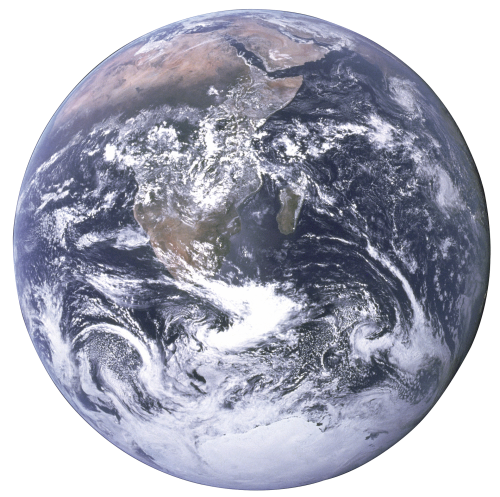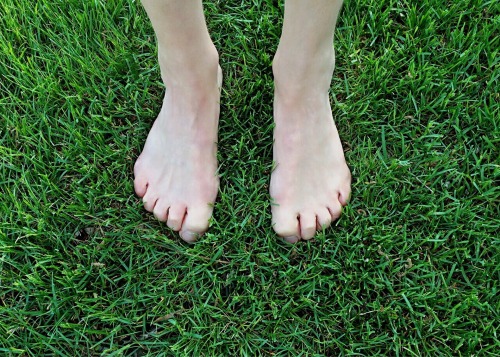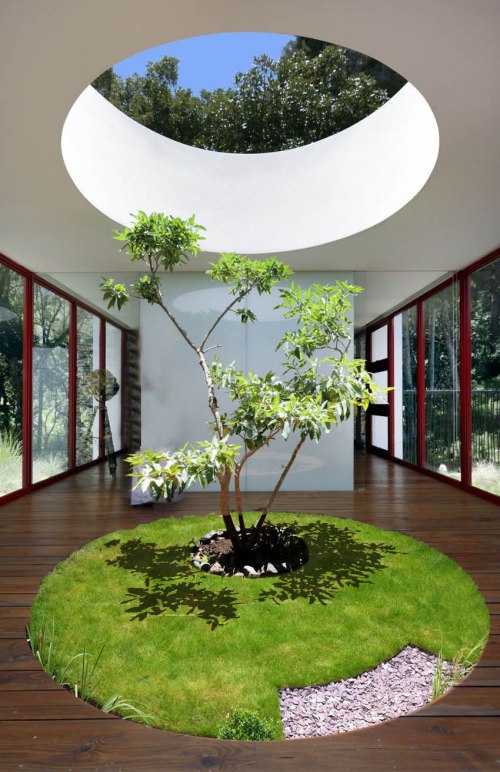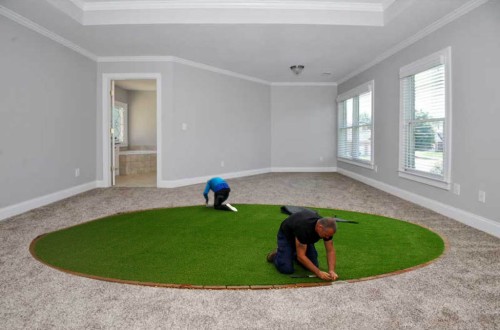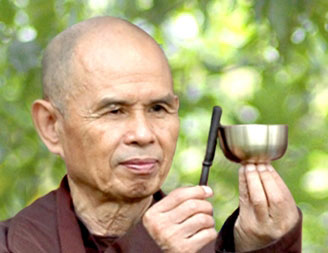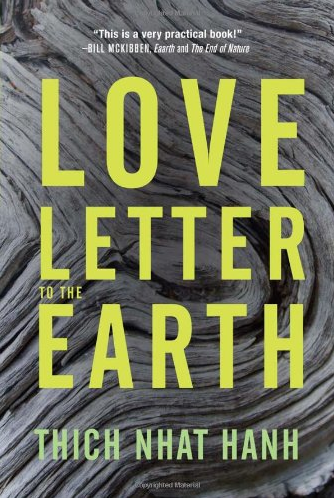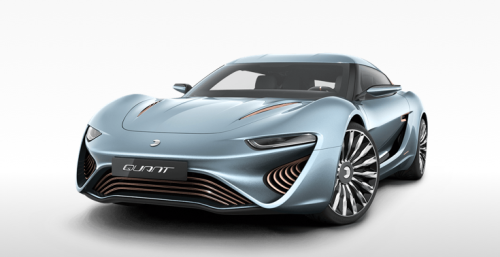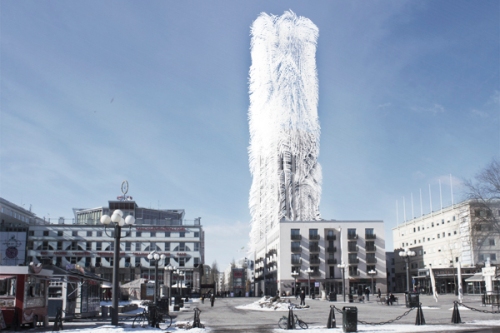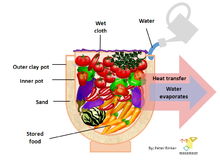I have been a long time environmentalist. Maybe it is sharing my birthday with Earth Day, maybe it was the soy based pabulum I drank as a baby, or just a pure love of all things alive and growing. Whatever the reason, the natural world is important to me.
Almost everyone can agree that we need to focus on environmental issues. However, if we neglect health issues we are missing a key means of what is required to resolve them. These issues are a result of climate change, human caused or otherwise, but also a result of previous negligence of basic health needs. The key is to have a lot of people in a vital state of health who can make sound, conscious decisions and actions towards the sustaining of an environment that is supportive for all Canadians and the rest of the world. Unhealthy people, in my experience, are rarely in a position to act, they are often not capable of providing service to others and instead depend on a large number of services. They may not be able to make decisions in ways or have their voice heard in venues that can make a difference. The lack of health in the general population is like running a massive three-legged race instead of everyone being independent, strong and at their best to reach the finish line with their full potential supported.
The environment will continue to exist whether we can survive in it or not. The issue is really how we relate to ourselves and each other. I would posit that the rising trend in healthy living is directly related to the threat of climate change and environmental degradation. We have to do something, that much is clear, but who is going to do it and is that ‘doing’ going to make things unexpectedly worse? For this reason I want to see the healthiest people at the helm of this kind of crisis. Not the wealthiest, or most affluent, or most popular, but the most sound of mind and body. So how can the majority of Canadians move to the helm and do something that does make a real difference for positive change?
To be healthy people need access to food that is whole, nutritious and fresh. We can’t continue to support food production that relies on over processing, chemicals and poor nutrient levels. People need access to water that is unpolluted by chemicals, toxins and byproducts of human waste whether they live in Nunavut or Downtown Toronto. The air people breathe needs to be free of exhausts, gases, moulds and the various toxins that are making unsustainable smog in our cities. These are just the three basics for survival; food, air and water. If these basics were clean, whole and unpolluted, health would improve vastly and people would feel what it is like to have a clear head and a clean body that works optimally and efficiently. They would have an improved ability to engage and act. This means putting more energy and resources on bringing these basic needs back up to a quality level as a first step. This would directly impact climate change in many ways.
What else provides a basis for health?
People also need to be surrounded by trees, grasses and gardens. Parks and nature spaces help reduce our stress and carry a reminder of what wild nature feels like. How many of us live in cities and have not walked or sat on green grass for 6 months or more! Without a connection to nature, we can’t understand what we are losing as it disappears because of development and ‘progress.’ People need access to nature to manage stress levels and anxiety, to develop healthy bodies as well as healthy mental and emotional states.

Also, the medical system we have, that is reliant on pharmaceuticals and parts based, quick fix procedures, is not working the way it was expected to. Patients are not reaching a potential of health but instead are becoming less healthy. Each generation has more chronic illness starting at a younger and younger age and with greater intolerance and allergies. Again, it takes a healthy, conscious individual to have the interest and ability to get involved, to get active and to make good decisions based on the concept of serving the community as a group. We need to find better ways to address disease and illness than what we are currently doing. We can’t just go around assuming we can fix a single body part and all will be healed. People are a whole, not a collection of bits. They have a body, a mind, an emotional experience. How can we be sure the whole person is getting the treatment and support they need?
How can we change our mindset from one of crisis mode and putting out wild fires with buckets to one of a real, critical understanding of the environmental situation and the development of effective solutions that will support and sustain us all, including the environment around us. I argue it lies with each one of us, that we all need to get involved, to care and to offer up a service that we intrinsically are best at. We can’t do this when we are struggling with low quality food, air and water. We can’t do this when nature is a distant reality we haven’t experienced for years, or ever. We can’t do this when we are struggling with ongoing illness or disease that is at best being palliated by the treatments options presented to us. Until we focus inwardly, how can we ever expect to make a positive change outwardly? People’s health is the key and the best place to start.

